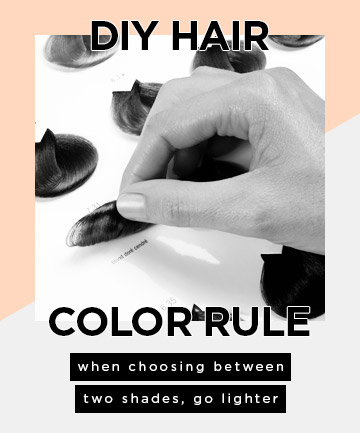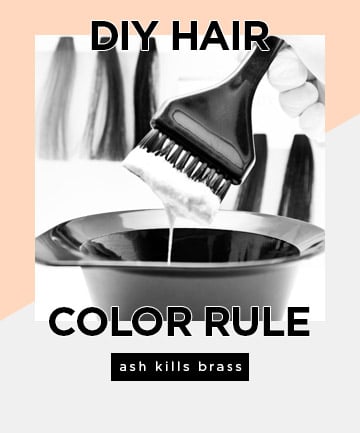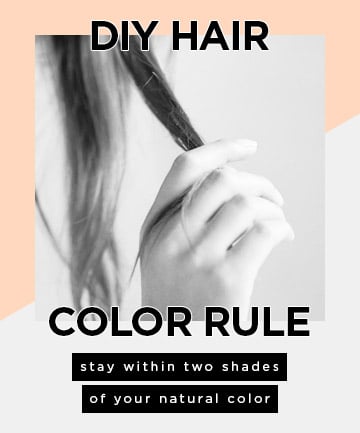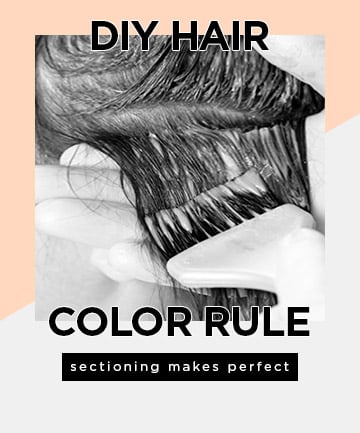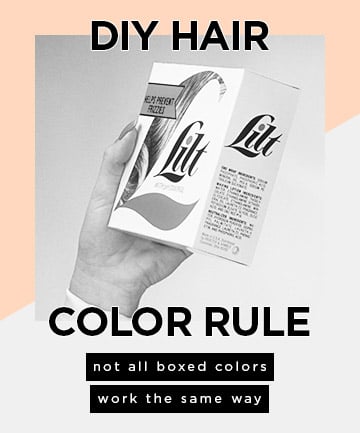You're standing in the drugstore with two boxes in your hand -- one slightly lighter, one darker -- and you have no idea which one to choose. Does this sound like a familiar scenario? Well, the choice should be simple: "The biggest mistake women make when selecting at-home hair color is choosing a color that is too dark," says Anderson. "If you are not sure which color to choose, always choose the lighter one." Corbett agrees, explaining that it's much easier to correct hair color that's too light than too dark.
Ash is often misconstrued as meaning gray, which is probably the last thing you want when coloring. However, Corbett assures us that ash is good. "Don't be afraid of choosing ash shades because ash kills brass," he says. "The underlying warmth in your hair -- which shows up as gold, orange, brassy tones even if your hair does not look warm before coloring -- will contribute to your final result." Therefore, the only people who should skip ashy shades are those trying to cover a lot of gray.
At-home hair color can do magical things -- but that doesn't mean it can take a dark brunette to a platinum blonde in a matter of minutes. "When coloring at home, it's important to stay within two shades of your natural color," says Corbett. If you're looking to go significantly lighter than your natural color, you'll need bleach -- and bleach should be left to a professional.
While it's tempting to slap some hair color on your head and spread it with your (gloved) fingers in the interest of time, Corbett's motto is "section for success." It will ensure that you do a thorough job and don't miss any spots. Because the speckled look isn't cute.
Any time you use boxed hair color you should read the directions -- or else your hair may end up like your lopsided Ikea dresser. Even if you've used a particular hair color before, check the insert -- you never know if the formula or processing time has been updated. "When in doubt, pay attention to the manufacturer's instructions," urges Corbett.


